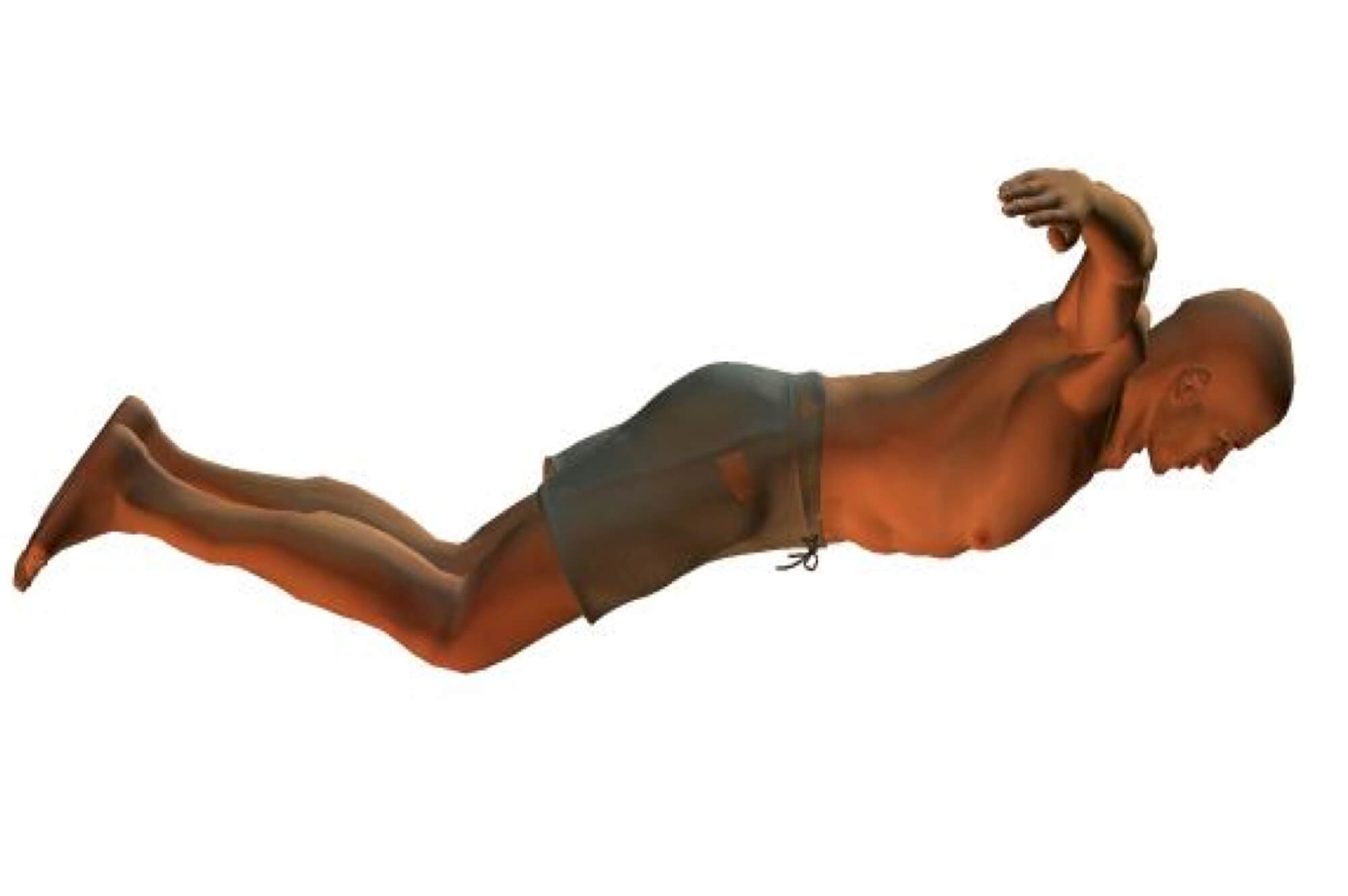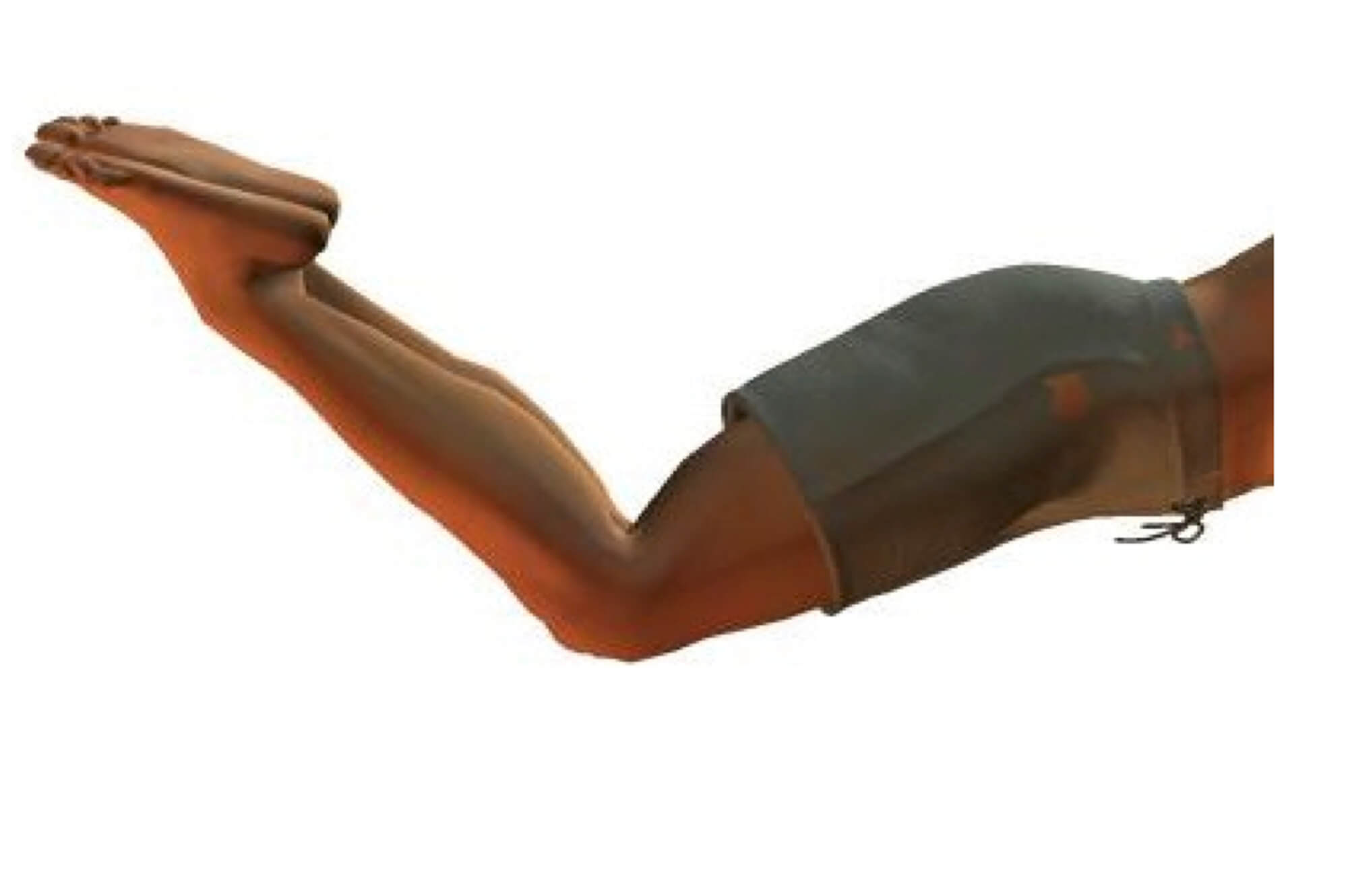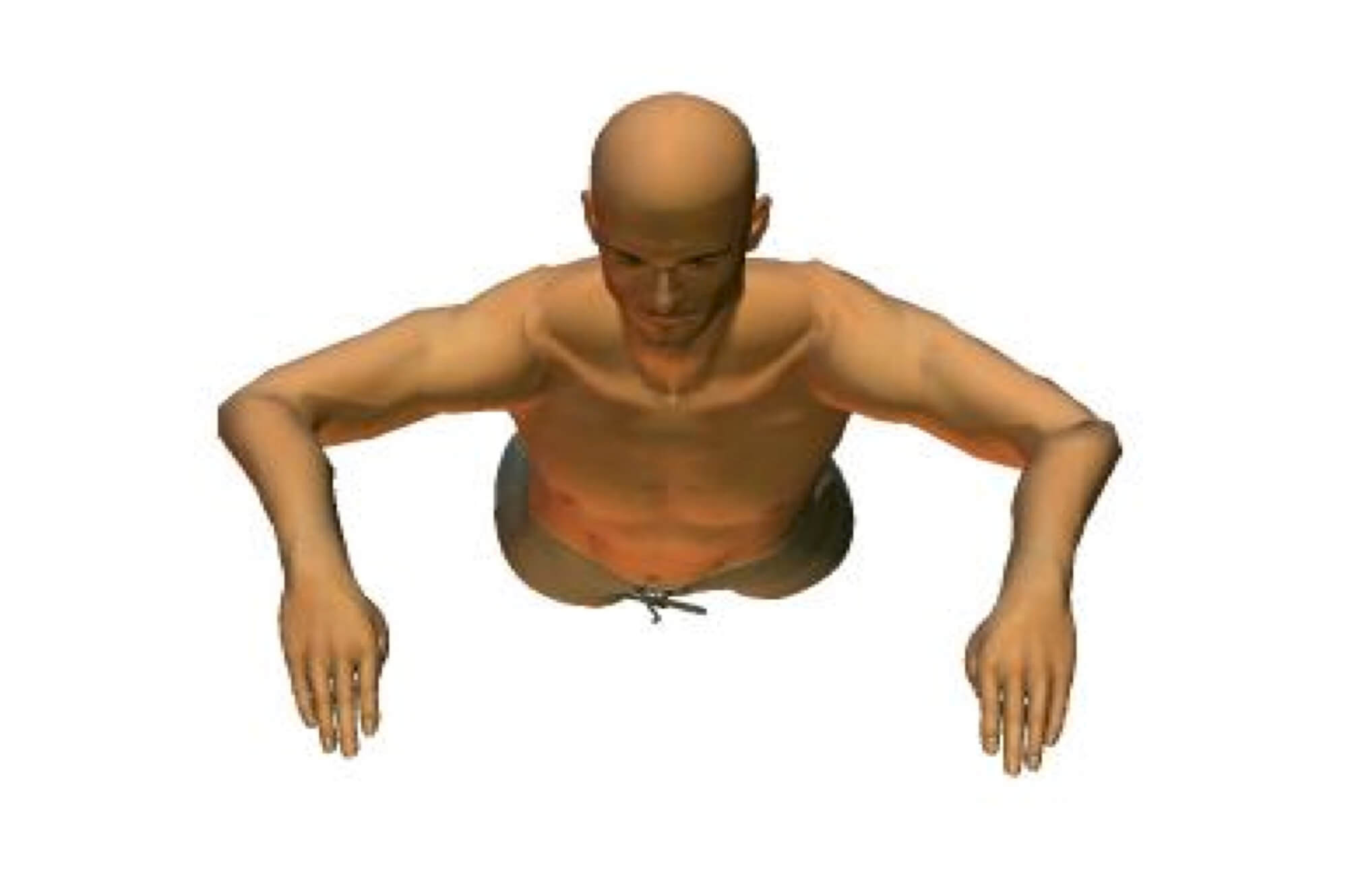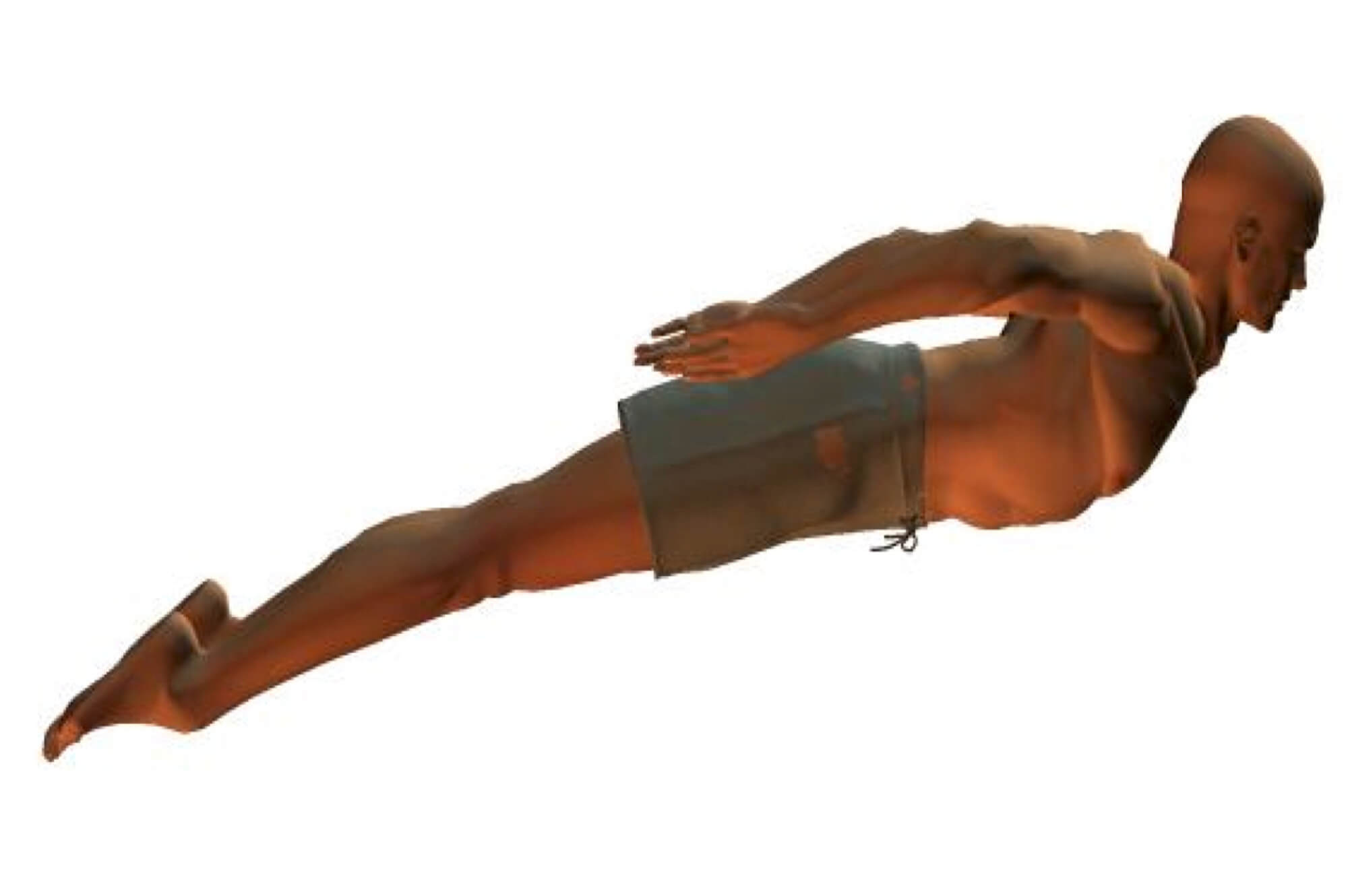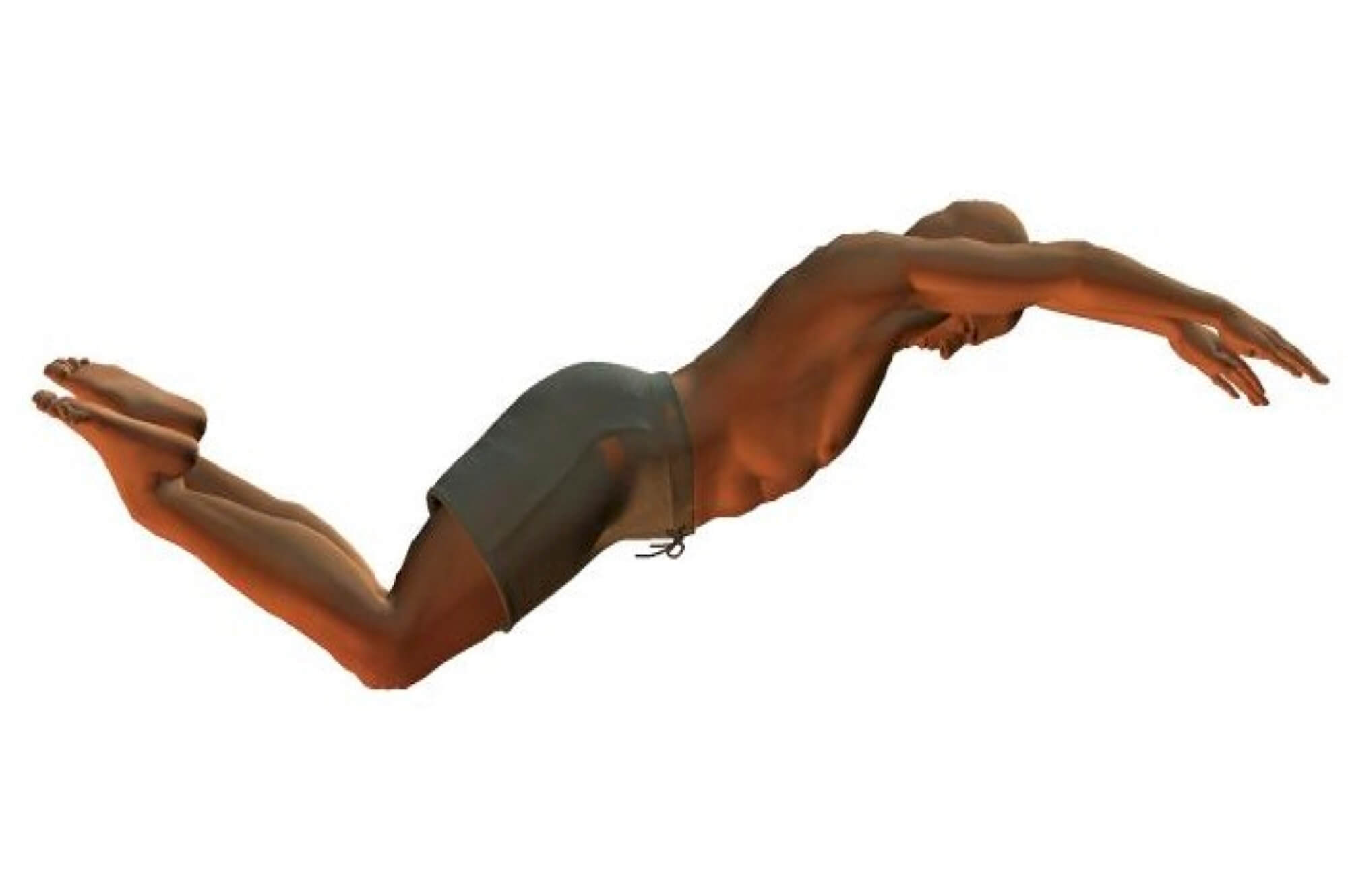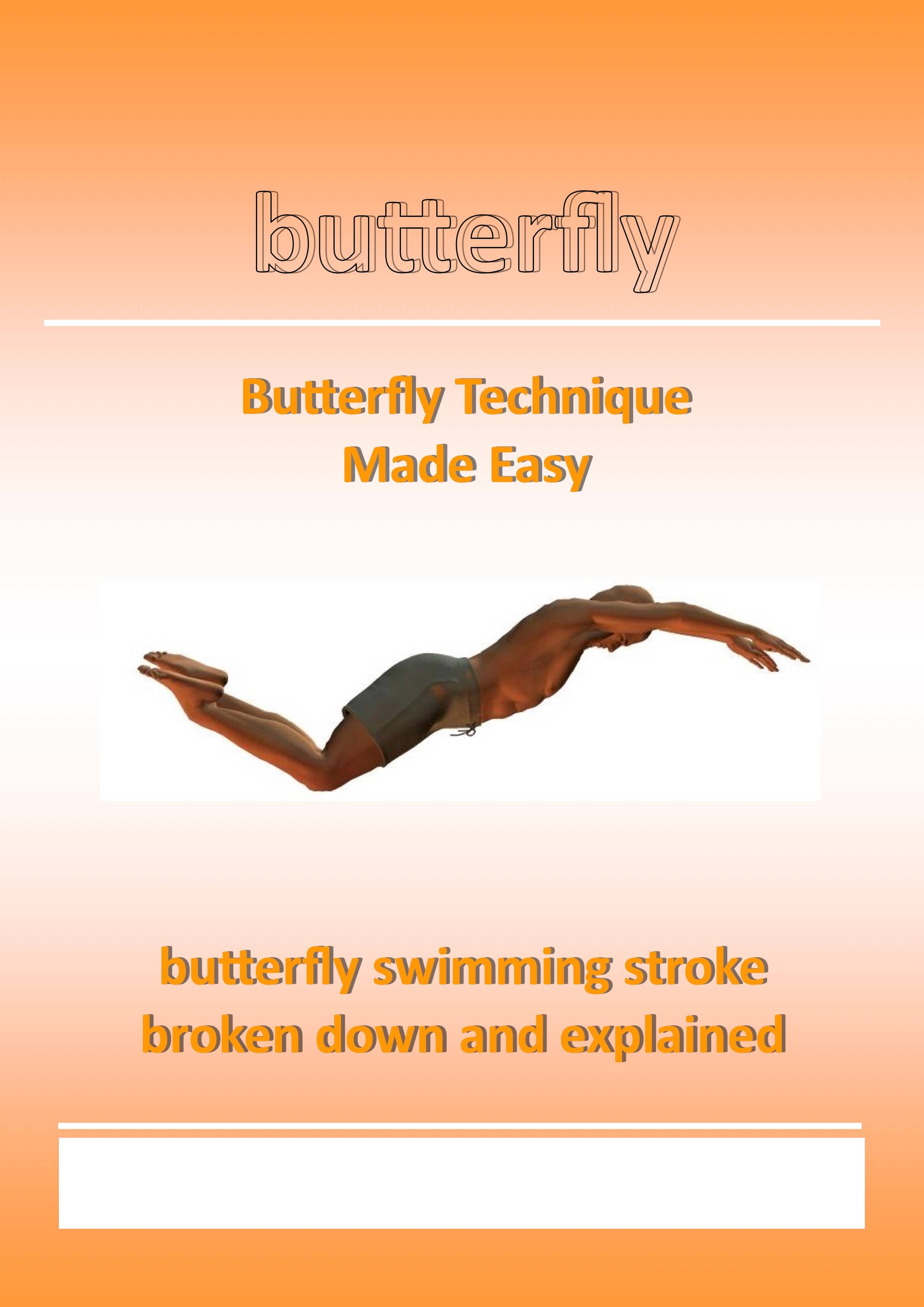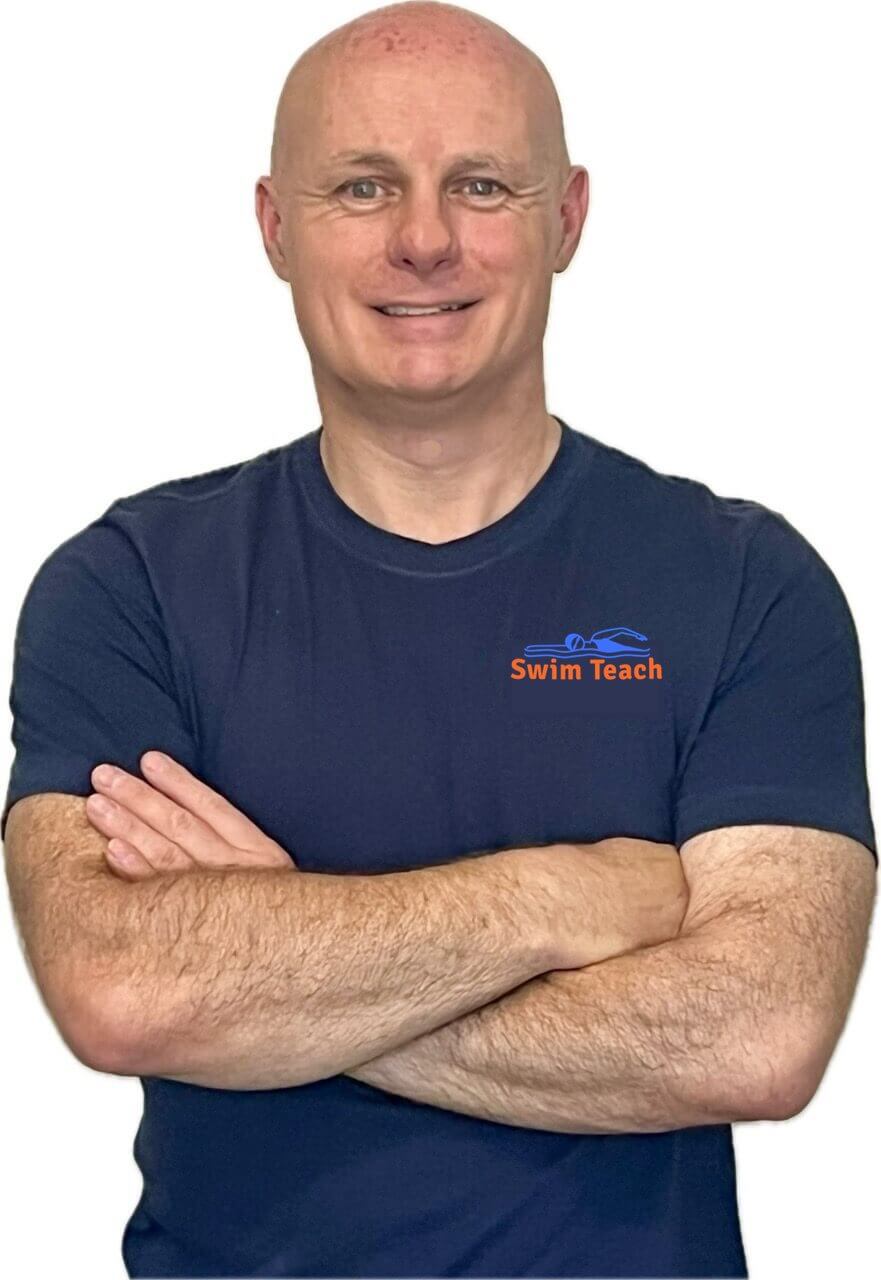- Swim Teach Home
- butterfly stroke
- Butterfly Breathing Technique
Butterfly Breathing Technique
How does butterfly breathing technique fit into one of the most physically demanding swimming strokes? Learn how and when to breathe so that a smooth, efficient swimming stroke is maintained.
Butterfly breathing technique is a rapid and explosive action that can take place every stroke or every second stroke, depending on the swimmer's ability and the distance and pace of the swim.
Inhalation and exhalation occur quickly during the stroke cycle, and therefore powerful respiratory muscles and reasonable breathing control are required.
HOW TO SWIM BUTTERFLY STROKE EBOOK: everything you need to master butterfly stroke swimming stroke. 16 easy drills that focus on each part of butterfly stroke technique. From body position to breathing and timing. Decades of teaching experience all packaged into 1 easy file. Download to your device and master swimming butterfly TODAY! (click here for a preview).
Don't miss out! Click here for more details on how to get your copy.
Butterfly Breathing Video Demonstration
FREE EBOOK: all of the technique tips here can be found in my 'Butterfly Stroke Technique' book, along with a couple of bonus drills to help you perfect some essential parts of the stroke.
Don't miss out! Click here to grab a FREE copy of my book.
When To Inhale and When To Exhale?
Inhalation occurs as the arms complete their upsweep and begin to recover as the body starts to rise.
The head is lifted enough for the mouth to clear the water, and the chin should be pushed forward but remain at the water surface. Some exhalation underwater takes place during this phase.
The head is lowered quickly into the water again as the arms recover in line with the shoulders to resume an overall streamlined position and maintain minimal frontal resistance.
Explosive breathing is usually preferred, but swimmers also use a combination of trickle and explosive breathing.
Explosive breathing involves a rapid exhalation followed immediately by inhalation, requiring effective use of the respiratory muscles.
How Often To Breathe?
Breathing can take place every stroke or every other stroke. A breath every stroke requires the head to be lifted with each arm pull cycle.
A breath every other stroke means the head is lifted once during an arm cycle and remains face down for the next arm pull cycle.
Breathing every-other stroke can, in some cases, allow the swimmer to exhale underwater, therefore making inhalation when the face is up much more manageable.
Common Butterfly Breathing Technique Mistakes
Failure to breathe is the most common mistake made by beginners learning the technique for butterfly breathing.
Because the inhalation and exhalation have to occur very quickly in the short second the face is raised, it is not uncommon to either inhale only or not breathe at all—the result is a pair of highly inflated lungs and a severe lack of oxygen.
Performing the full stroke slowly and taking a breath every other stroke cycle is a way of ensuring that exhalation occurs completely before inhalation takes place.
Click here for some example butterfly drills.
Get your Breathing in Sync with the rest of your butterfly stroke...
Download these 'How To Swim Butterfly' to your computer, tablet or mobile device and get your butterfly breathing technique absolutely in sync with your arm pulls and leg kicks.
Click below and discover the key technique tips and use them to focus on when and how to breathe when swimming butterfly.
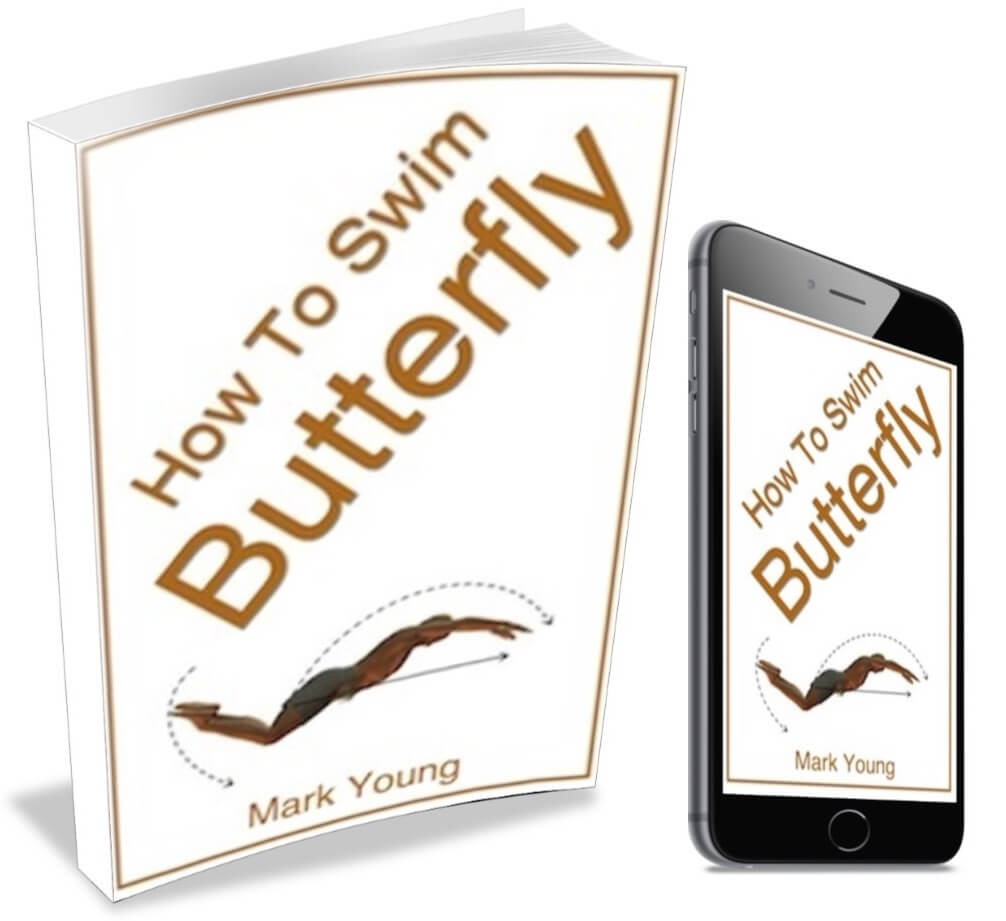 How To Swim Butterfly
How To Swim Butterfly$9.99

I am a member of the Amazon Associates Program and I will earn a commission from qualifying purchases at no extra cost to you.

